As an Autopian reader and former child, you probably at some point assembled at least one or two plastic model-kits with hopes to bring your four-wheeled fantasies into three-dimensional reality, even if only in 1/24 scale. If your experience was anything like mine, you uncapped a tube of pungent glue and went to work on an AMT or Revell or MPC model from the craft section of whichever department store Mom preferred. Those inexpensive kits were much more difficult to assemble and achieve satisfying results with than pricier premium-brand plastic models, which offer far greater precision, more detail, higher accuracy, and better engineering to make them all go together nicely with a minimum of additional fuss. Among the premium brands preferred by serious modelers, one stands above the rest in innovation, quality, attention to detail, and the sheer variety of cars and scales, all representing decades of prolific creativity from one inimitable brand. That brand is Tamiya.
Last week, Tamiya announced that the company’s chairman and namesake, Shunsaku Tamiya, had passed away at 90 years old. As the son of company founder Yoshio Tamiya, and its leader for more than 40 years, “S. Tamiya” experienced the brand’s post-war beginnings as a lumber business that began producing wooden toys, and later, model kits. As injection-molded plastic rose to prominence in the 1950s and 60s, Tamiya made the move to the new technology, and the first plastic Tamiya kits began to appear on store shelves in Japan.
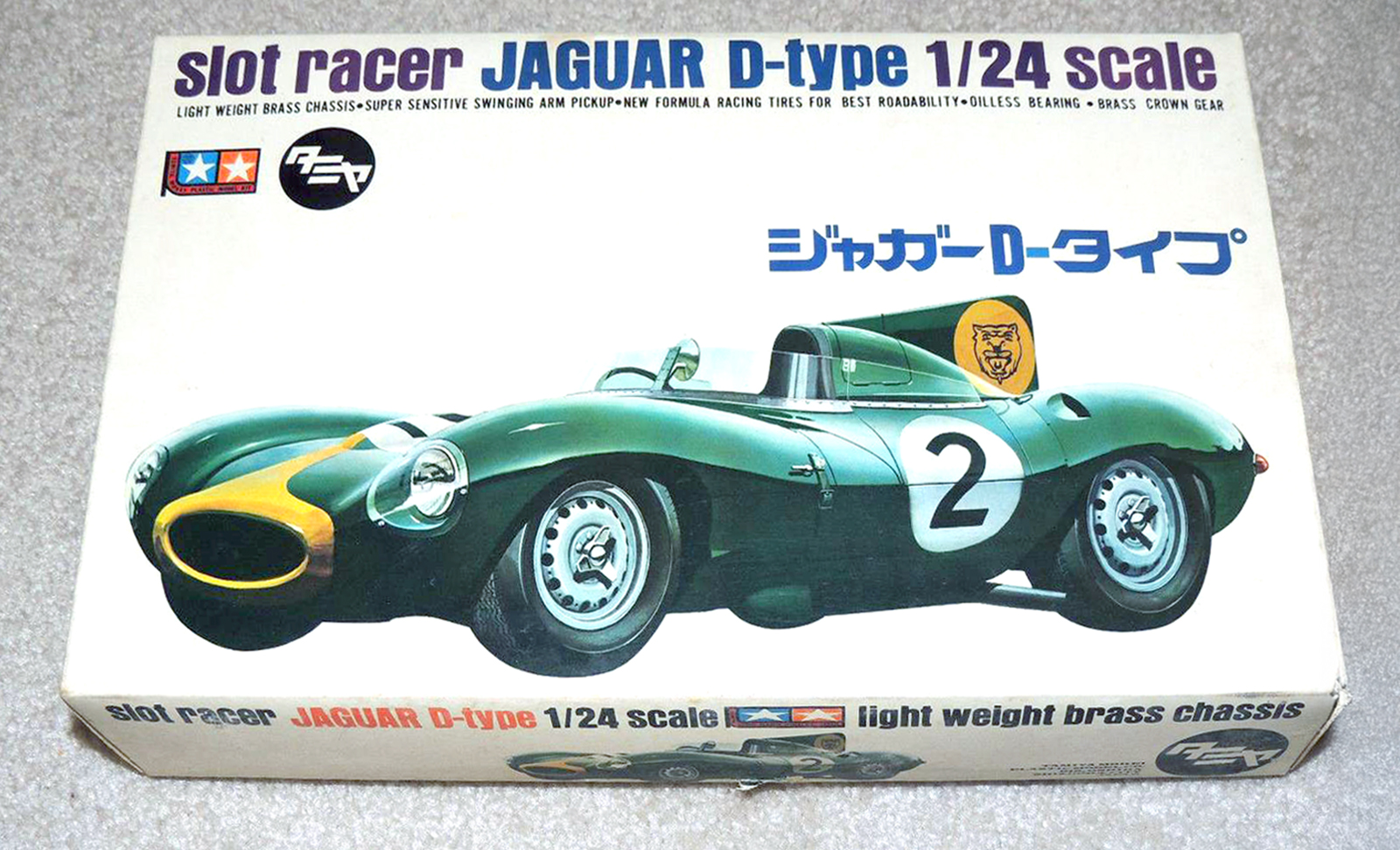
The very first Tamiya plastic kit was a Jaguar D-type, a brass-chassis slot car with an injection-molded body. Military vehicles, aircraft, and race cars were all popular subjects as Tamiya’s range of plastic models and reputation for quality, accuracy, and precision grew through the 1960s under S. Tamiya’s leadership – and not just from behind a desk. Mr. Tamiya personally photographed many subjects himself and collected full-size examples for engineers to pattern their models on to ensure Tamiya models were the finest available.
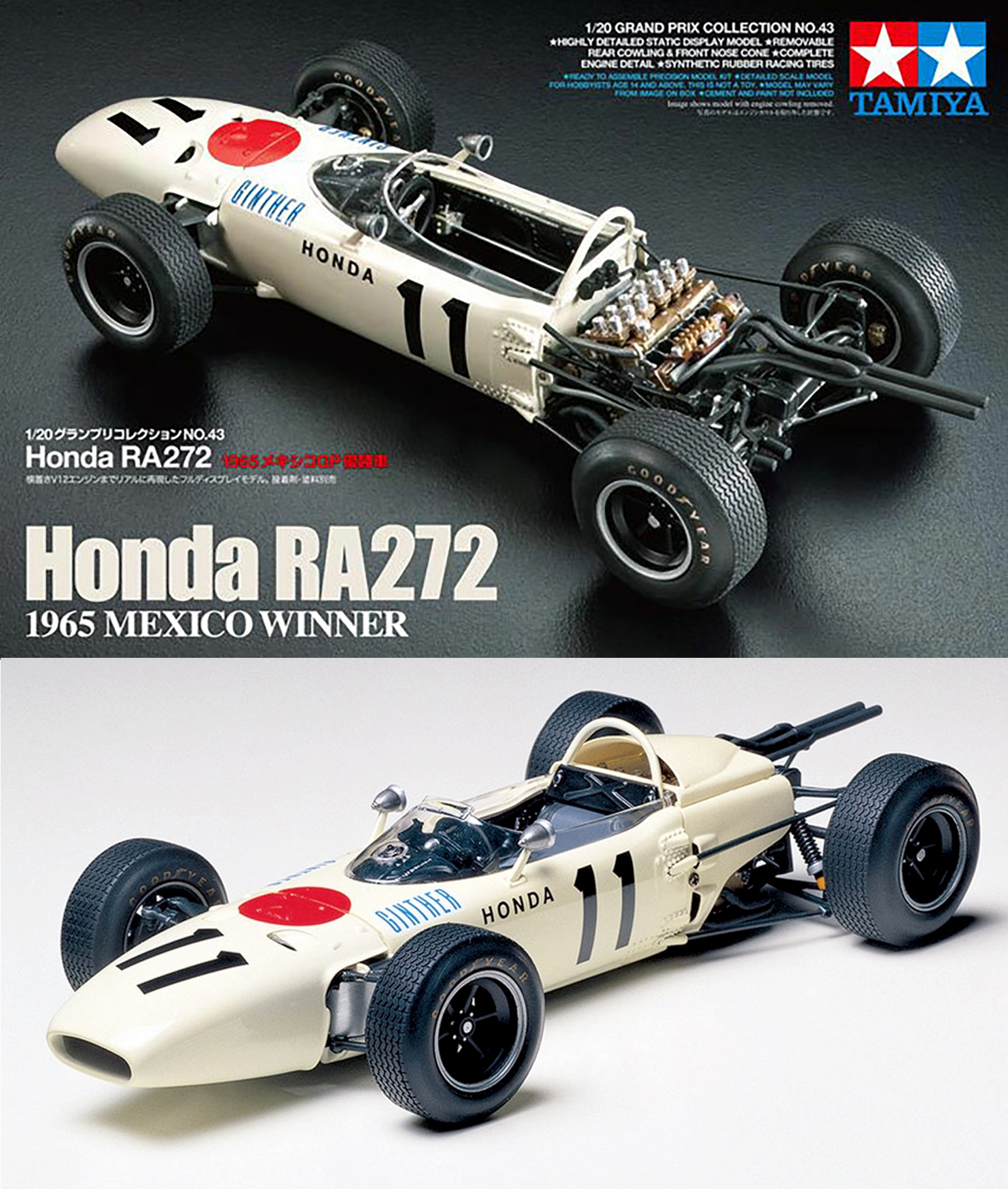
Many Tamiya models included the option of adding battery power to make them move, and in the late 1970s, this led to the development of Tamiya’s first radio-control model, a Porsche 934 in 1/12 scale. There was no suspension other than the flexibility of its aluminum-plate chassis, and it was much more of a “model that moves” rather than a true high-performance model, but this humble first RC kit set the stage for a tremendous radio-control boom.
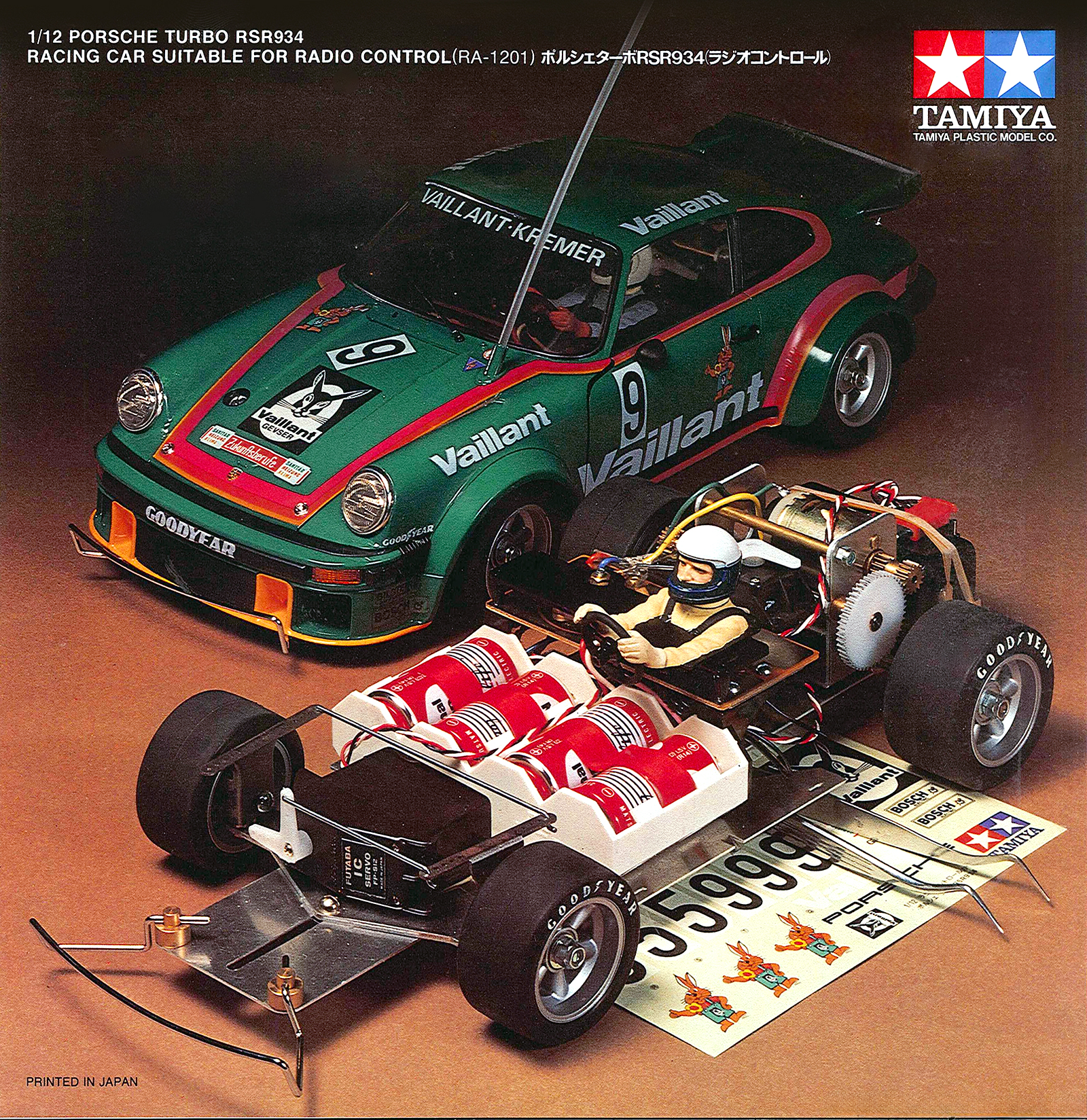
S. Tamiya made the pivotal decision to let the now-famed RC car designer Fumito Taki run wild with his ambitions for a full range of imaginative, innovative, and exciting Tamiya radio control models. The Rough Rider buggy and Sand Scorcher were early hits that combined real off-road capability with authentic and functional VW-inspired trailing-arm front suspension (but with mousetrap-style springs instead of torsion bars) and swing-axle rear suspension.
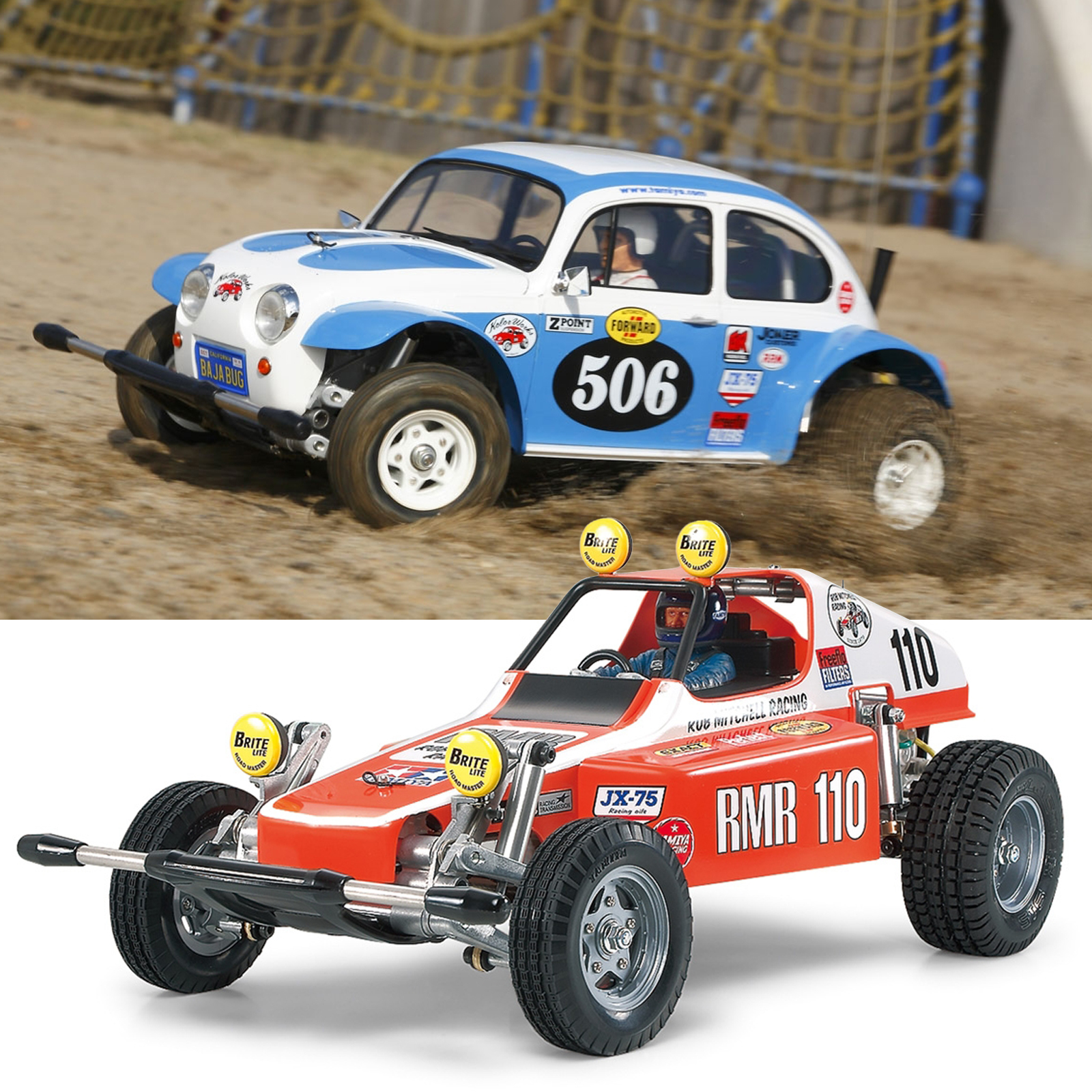
Alongside realistic RC models of full-size production and competition cars, Taki designed a wide array of 2WD and 4WD off-roaders that set the template for the over-the-top futurism that became the hallmark of “remote control cars” in the 1980s boom years, as Tamiya led a tremendous surge in radio control car modeling’s popularity as a hobby and competitive motorsport.

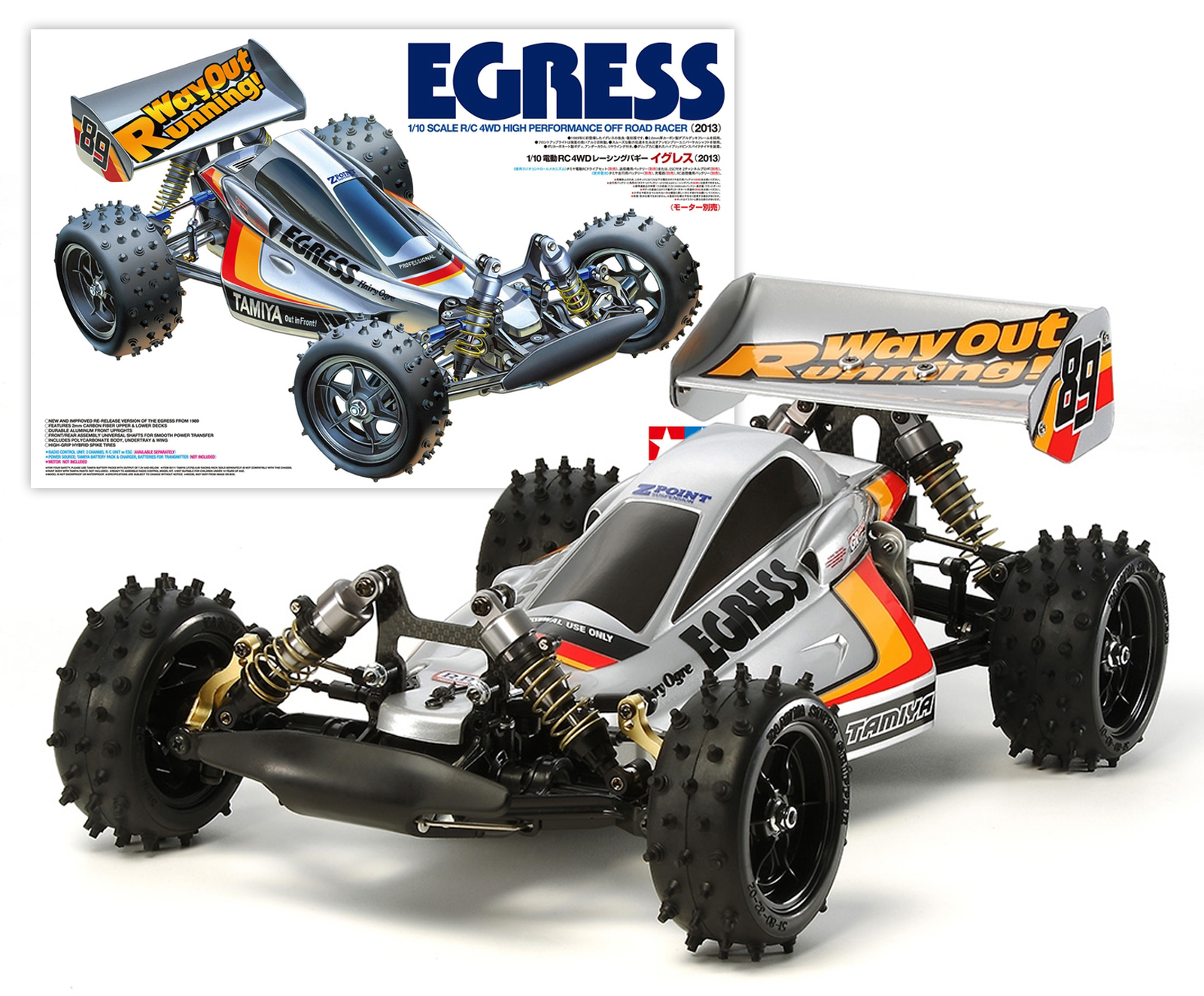
While models like the Avanti and Egress were Tamiya’s high-dollar halo machines, the brand’s bread-and-butter models were much simpler and more affordable machines like the 2WD Hornet and Frog buggies and the wheelie-popping Lunch Box van, along with 4WD buggies sporting outrageous shapes like the Bigwig, Saint Dragon, Hotshot, and so many others.
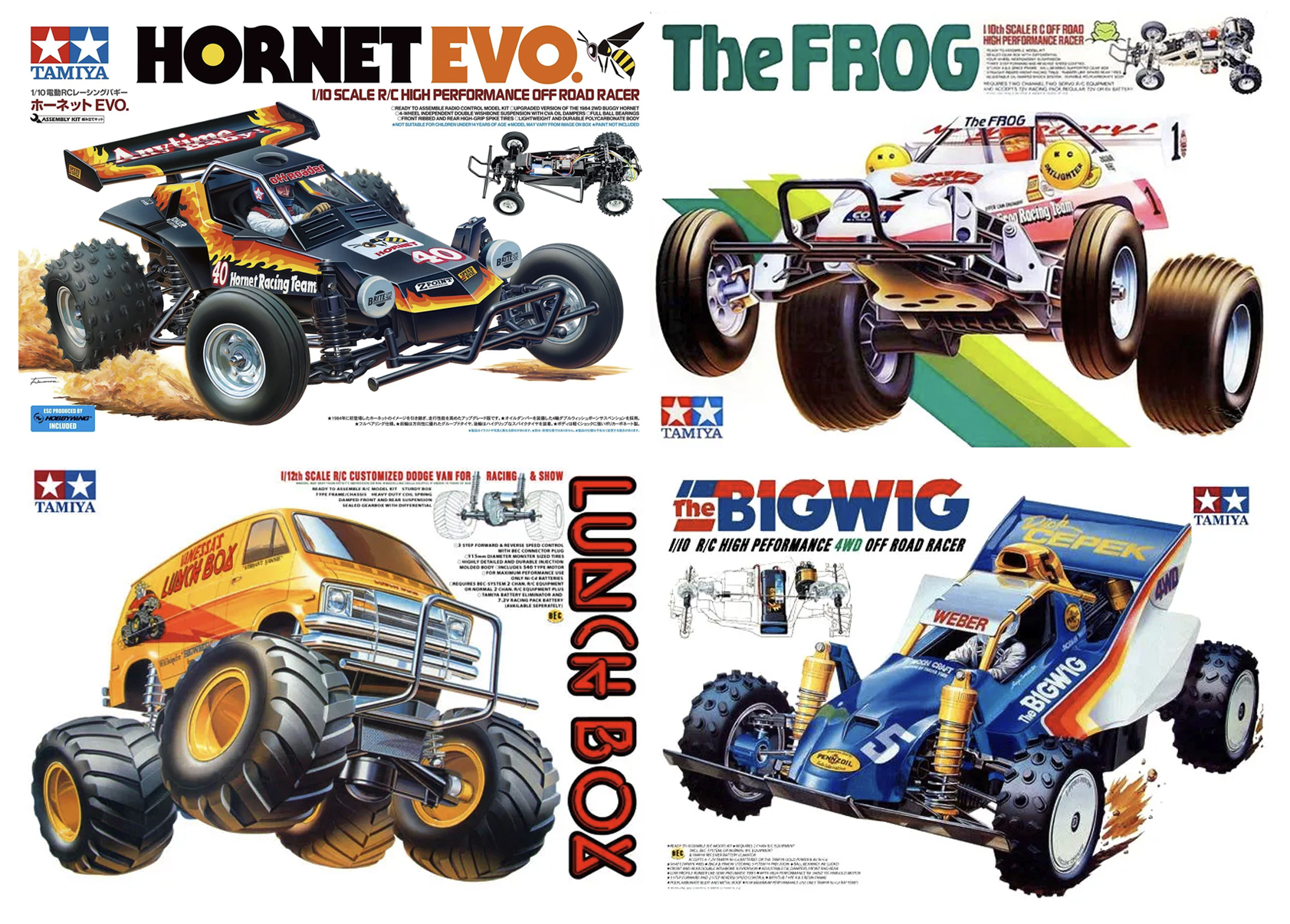
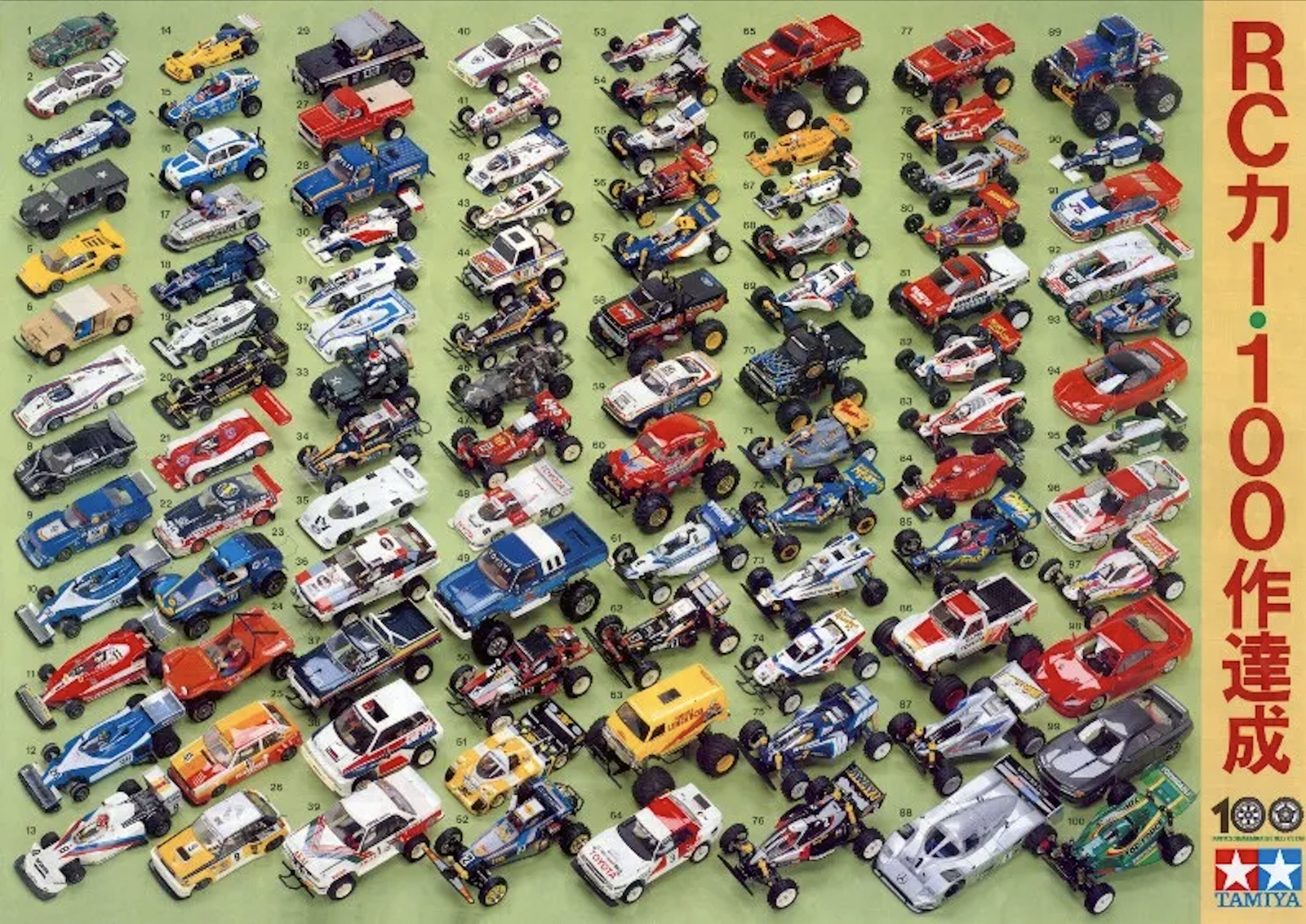
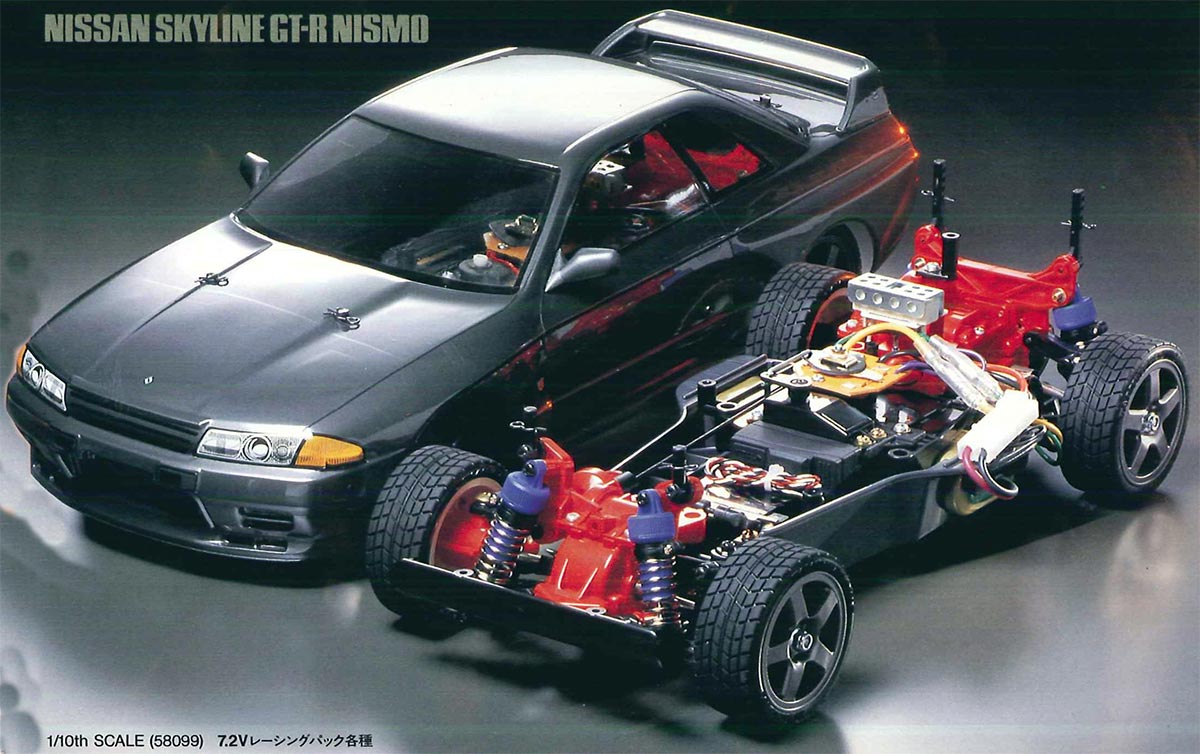
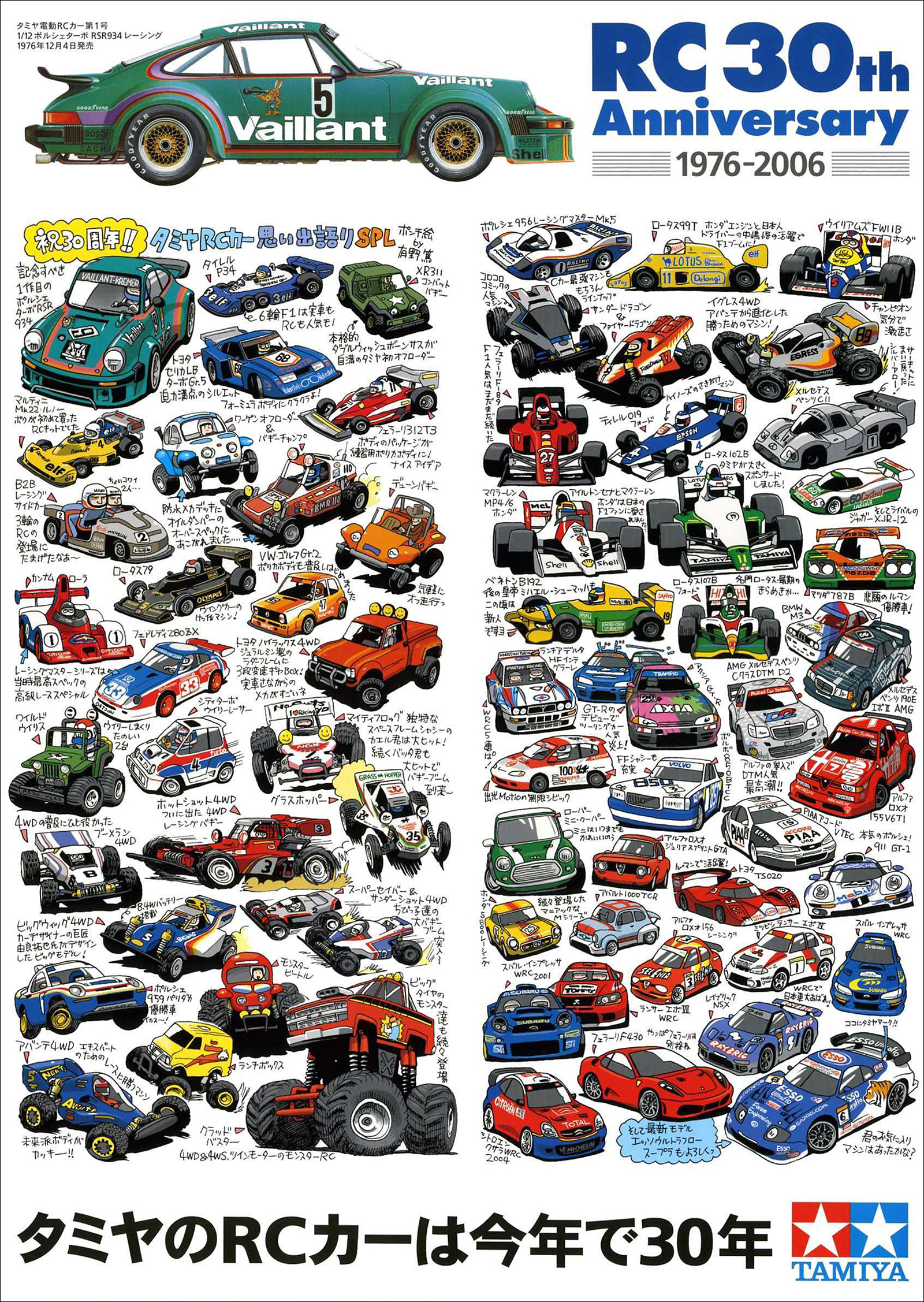
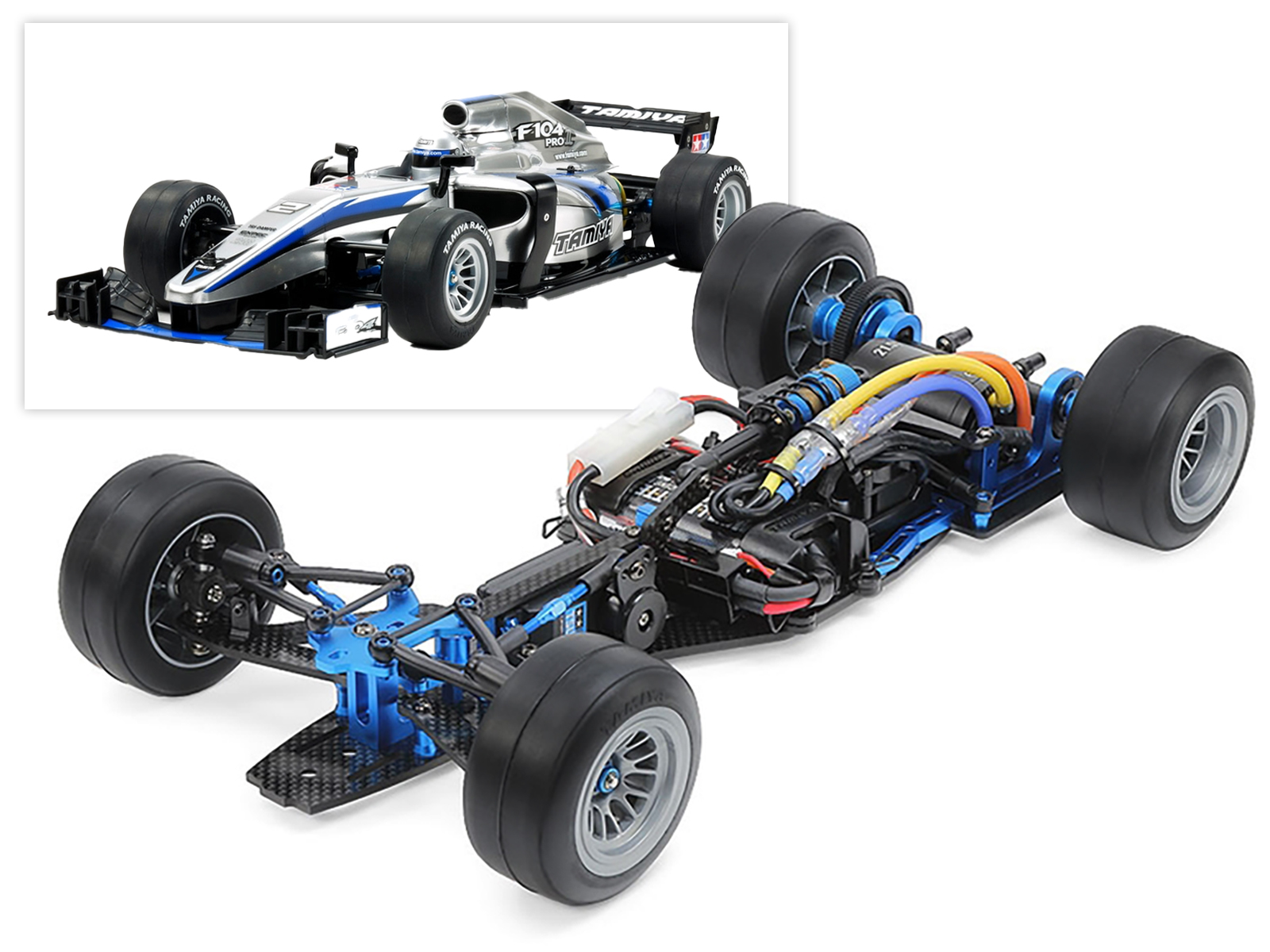
Radio control wasn’t the only way Tamiya brought action to plastic car modeling in the 1980s. In 1982, Tamiya developed the first of its Mini 4WD models. Roughly 1/32 scale and powered by a pair of AA batteries, Mini 4WD models run free on a fenced track, guided by roller-equipped outriggers. Mini 4WD racing quickly became immensely popular in Japan, to the point where magazines devoted to Mini 4WD models and racing were among the country’s most popular publications. Mini 4WD remains popular in Japan (and around the world, to varying degrees), a country that offers local, regional, and national championships.
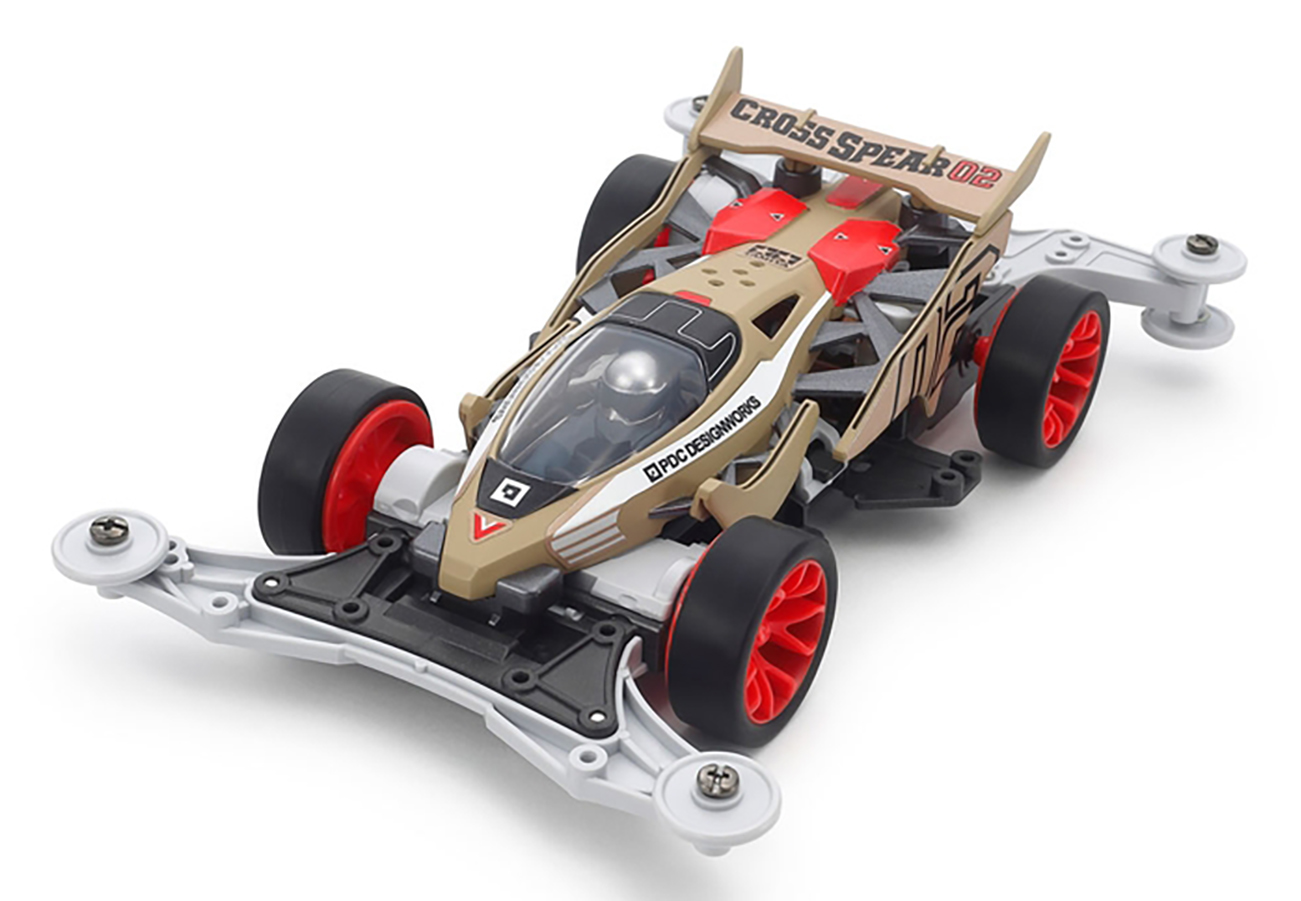
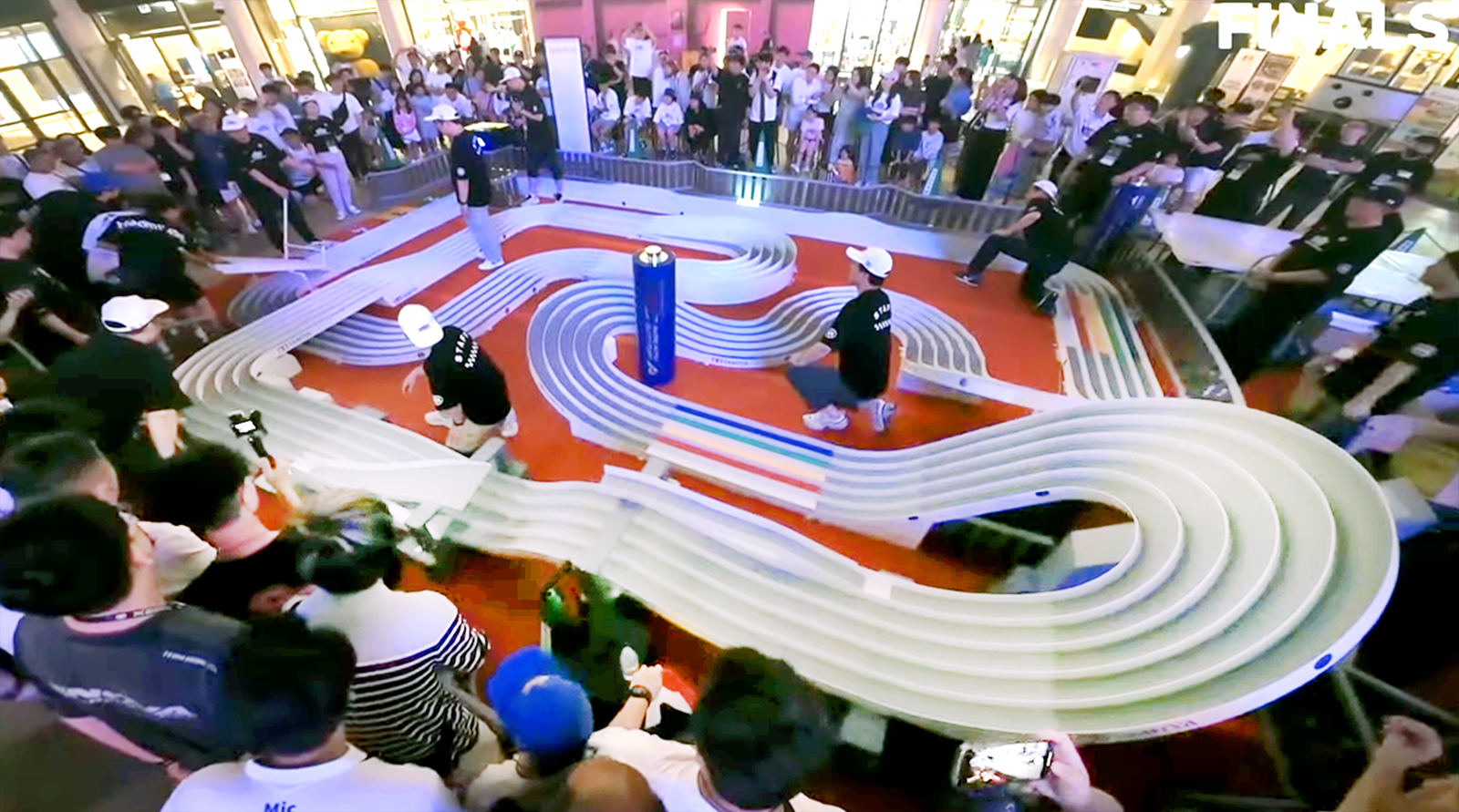
Plastic models remain a staple for Tamiya, with subjects that range from the humblest Kei cars to the most exotic offerings past and present from Ferrari, McLaren, Mercedes, Lamborghini, and others. Plus, there are classic and cutting-edge motorcycles, and military machines of the land, sea, and air, from historic fighters to the latest machines of modern warfare.
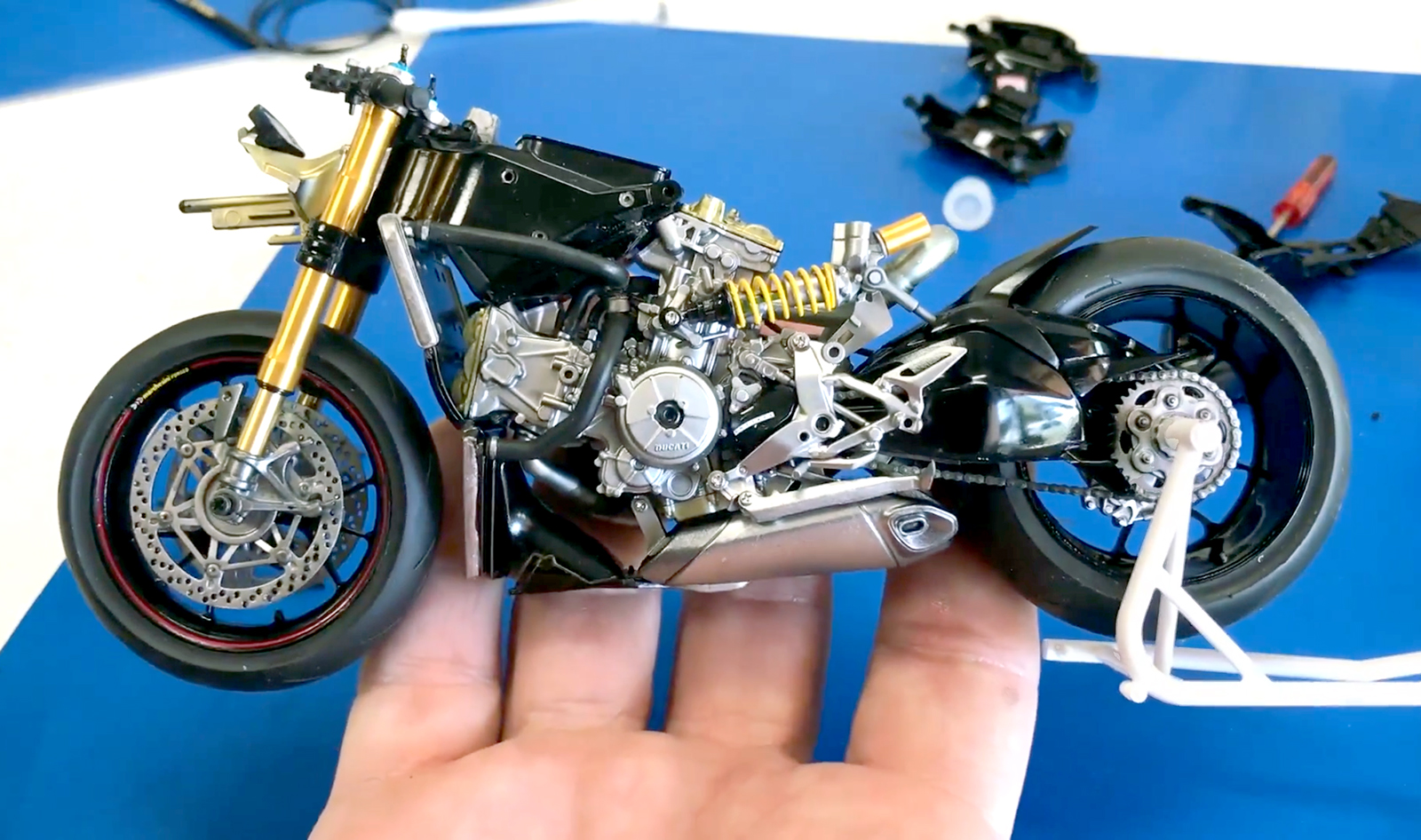
Trying a Tamiya kit is awesome, even for those who don’t consider themselves much of a modeler based on past experience. Oftentimes, folks learn that the problem causing them to lose interest in model kits isn’t their skill, but the kits they were working with, and Tamiya kits are much more rewarding.
Check out these Tamiya build videos and get familiar with just how nicely the brand’s models go together, and appreciate all the detail packed into every part.
Millions of modelers worldwide have enjoyed countless hours with Tamiya products, a fitting tribute to Shunsaku Tamiya’s lifetime as an enthusiast of models, motorsport, and militaria.
Top graphic images: Tamiya; Andy’s Hobby Headquarters






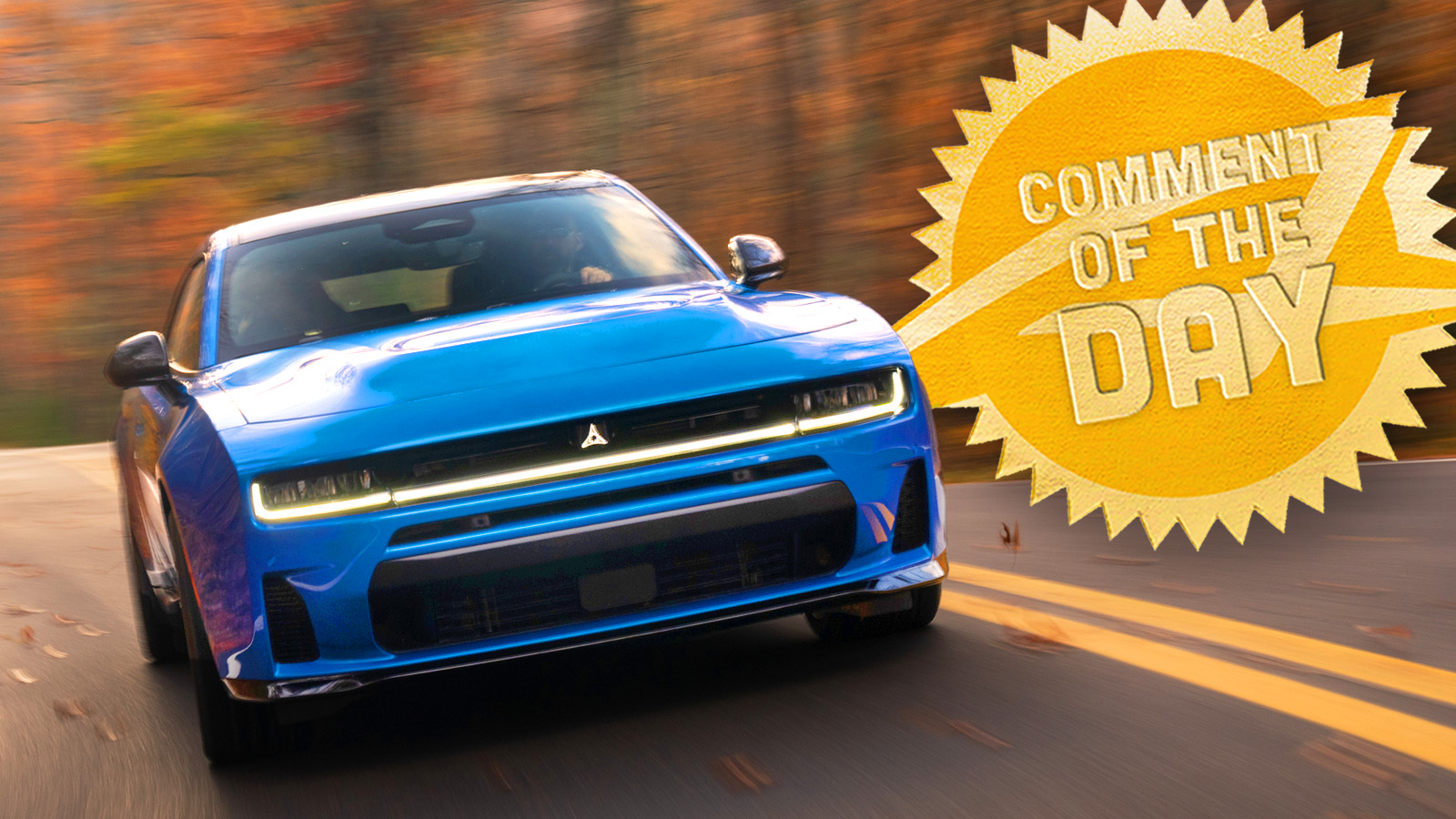
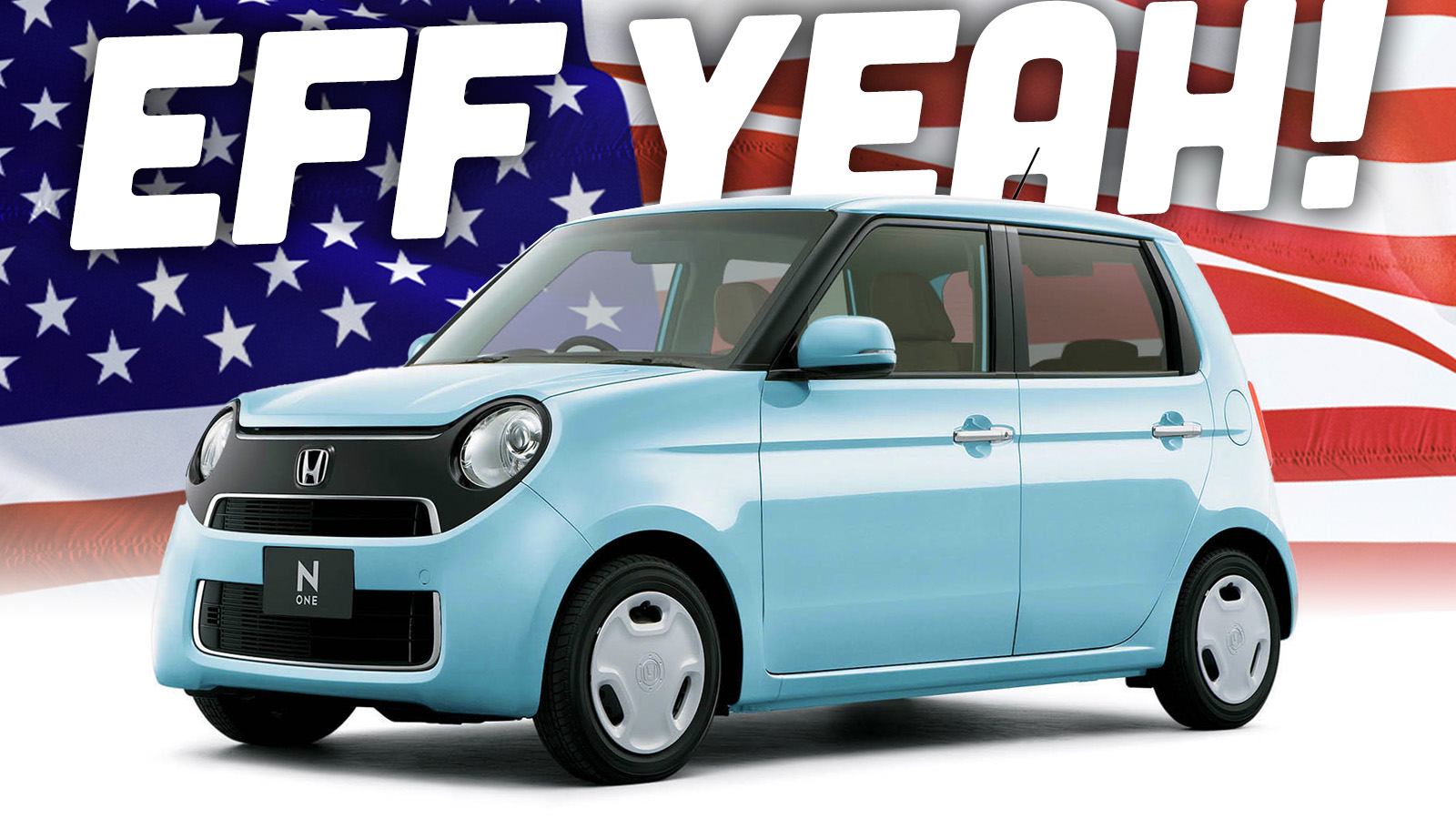
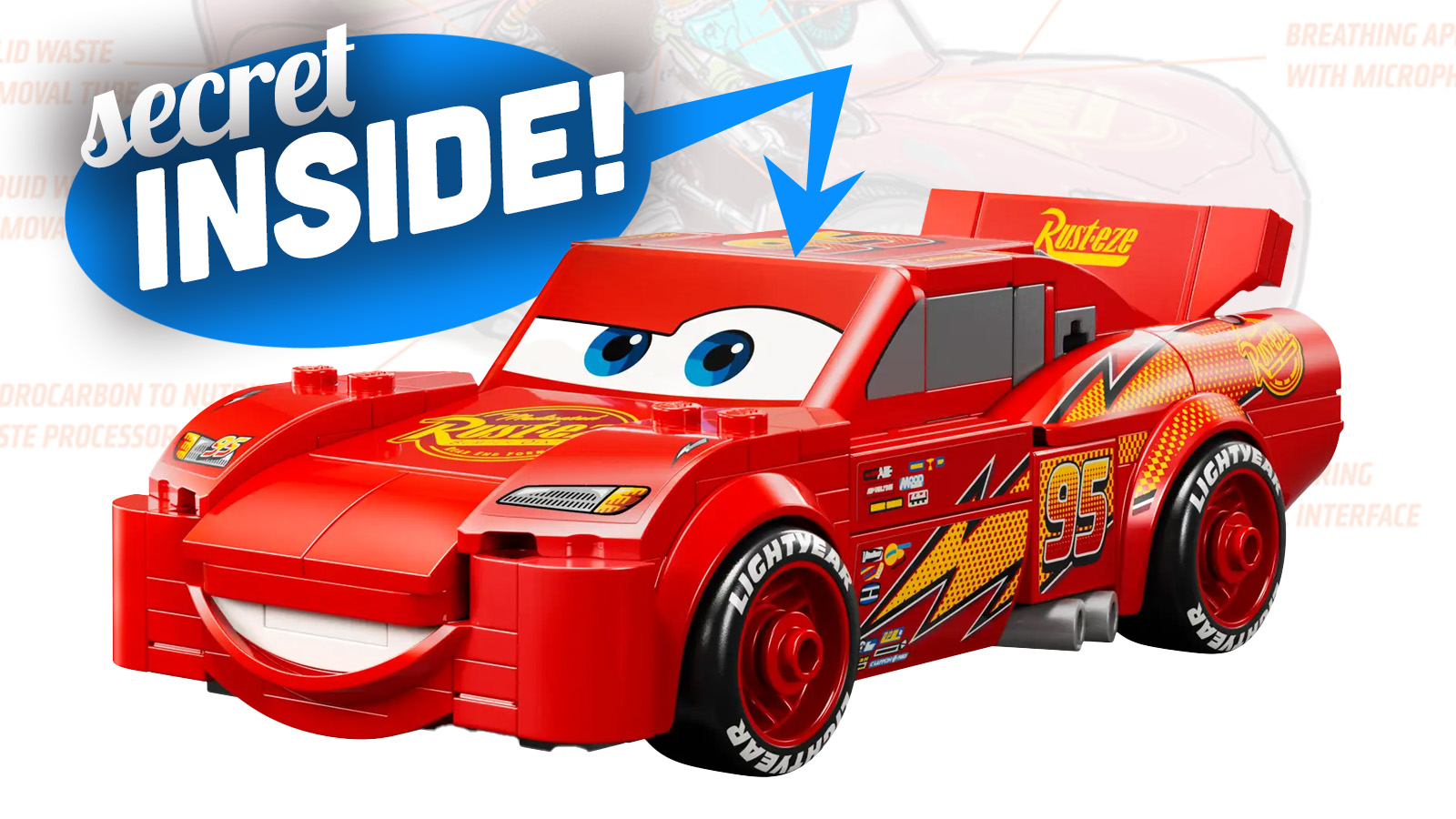
I’ve still got my dad’s original Black Foot. It’s slow as dirt but still a blast to drive around. I’d like to up-convert it to lithium, but it’s such a time-capsule. Many battle scars from clipping curbs and rolling over.
Hoping to let my son take my original Black Foot out next month for it’s first spin in about 20+ years! Loved that truck as a kid.
AMT/Revell models were difficult to assemble? I built dozens as a kid and never found them to be lacking in quality or excessive in difficulty…
Driving tiny RC cars is way more fun than piloting a drone.
I’m late to the discussion, but man, I love Tamiya. Building model car kits was my major hobby as a kid, and Tamiya and Fujimi built the best kits around. My favorite are the 1/16 kits – I built the Renault RE-20 F1 car in high school and I still have an unbuilt kit of the 935. And a Frog was my first and only RC car. The catalog itself was exciting – I’ve still got one from ca. 1985 somewhere.
Traxxas and Associated probably make better RC cars, but Tamiya makes more interesting ones (although the Associated vintage reproductions are pretty cool). I have a Tamiya Tyrrell P34 I need to build, along with an FF-03 I am going to build to be as fast and overpowered as possible without too much breaking.
I think I only built a few Revell models as a kid, but that “Lunch Box” looks so cool! I imagine it wouldn’t hold up very well in a real Monster Truck event, but I would love to pull up to one in that. Probably have to take up two parking spots.
I built a lot of model kits as a kid, now got into more RC as an adult. I have built several TT02 kits over the last few years, two Audi Quattros and the Mustang GT class car. Really good detail and scale, but I will say they are not the most durable and yeah some weird choices. For example those bizarre servo steering plastic swing arms that break easily. Easily fixed with the hop ups or some (gasp) YeahRacing stuff.
Nonetheless, despite these foibles Tamiya is some pretty amazing stuff. Always fun building kits, I find them pretty easy to build as well. I still love their paints and glues for scale modeling, Tamiya ultra thin glue has lots of uses beyond modeling, art repair, re attaching a label to an appliance, etc… RIP Mr. Tamiya.
Their kits played an important part during my childhood. Remember building a 1/35 Tiger Mk1 and a few of the 1/700 waterline series of warships. Lusted after the 1/350 scale Yamato since forever. Got an original Hornet as my first R/C off-roader, then moved on to a Kyosho Ultima. Usually I built Hasegawa or Fujimi kits, but each of the Tamiya’s were extra special.
The best models hands down! I built so many 1/24 scales as winter diversions. Then gave them to kids to play with and invariably destroy. I still have, and love, my Tamiya Audi Quattro RC. I keep it in a case in the back seat of what ever I am driving at the moment in case the urge for some parking lot thrashing strikes.
Cheers to you Mr. Tamiya.
Love Tamiya RC for their fun designs and because they mainly remain as kit models. I never want to buy an RC pre-made for me. Currently have a Grasshopper, Lunchbox, CR-01 Landcruiser, and a DF-03MS. My wish list is much longer! I’ve only built a few static models in my time, but unfortunately, none were Tamiya. I think the last model I made years ago was a Geoff Bodine Motorcraft Thunderbird, it was Ertl or one of those brands.
Rest in peace S. Tamiya
I’ve used Tamiya extra thin cement to solvent weld broken interior trim pieces- console door hinges, vent controls, etc.
As a kid, I built a lot of 1/24-1/25 models from MPC, AMT, Monogram, and Revell. One day I saw a tank kit that my friend was building that was from Tamiya, and I was blown away at the detail and quality of the parts. I remember being amazed at the textures of the grill on the back, and wondered why all the car models I built looked kind of like they were blurry, or partially melted. It really made an impression on me.
The RC kits were a bit out of my reach, but I hung out at a hobby shop and had friends who had them; as an adult I bought the RTR version of the Clod Buster from KB Toys… it was fun, but not hobby grade.
Not my thing, but the artisanship is amazing. Not surprising from a culture that is eyeball deep into things like high art flower arranging, bonsai etc. RIP to another obsessive.
I had an early 1980’s Tamiya Grasshopper with the “hop up” kit. I drove the snot out of that car, wrecked it many times, repaired it many times, and it kept on going. It was beat to crap after a couple of years but I had a lot of fun with it. The real limitation back in those days was lousy Ni-Cd batteries which were heavy and had slow power output.
Those old NiCd packs were rather variable in quality as well. If you were into competitive RC racing back then, you had to buy packs made from high voltage matched cells and they often cost more than $100 worth of 80’s dollars!
What does it take to revive an ’80s RC car and use it today? My Frog has been sitting in a box for decades.
I got my 90’s Traxxas bandit up and running again by installing an ESC off amazon and replacing the Ni-Cd batteries with NiMH in the same form factor. It runs really well.
It depends on how your Frog was set-up. If it has the old 3-step manual speed controller, just toss in some new batteries and see what happens. Throw out the old nicads and get some nimh batteries. If it doesn’t run, you might need to get some new electronics. Old AM/FM radios don’t always stand the test of time, especially if stored in a hot place. The good thing is, transmitters and speed controllers are cheap on Amazon these days!
Also worth noting, Tamiya still makes a version of the Frog. Any parts you need, you can still buy most of it new.
I noticed that in their catalog, and it’s good to know. Looks exactly the same. I put front shocks and probably something else I’m forgetting on it shortly after I got it, but otherwise it’s straight out of the box ca. 1984.
Rad! Put in some new batteries and see how it goes! It’ll probably still work.
More RC content would be great, please!
As a kid into cars in the 80’s, Tamiya RC cars were an object of desire. Having had a few toy RC cars up till then, it was clear that Tamiya was next level stuff. I eventually got a Frog as my first kit. I put many miles on that thing around my neighborhood, racing with my friends. Then I decided I wanted to go to my local race track and quickly realized that while Tamiya cars were fun in the yard, they were losers at the track. So I switched up to an RC10 with money I saved from my first kid job. While I never had the money to spend for all the ‘cutting edge’ parts needed to win the races, I had a great time racing all over the PA/NJ area (mostly at Hennings Scale Models in Lansdale, PA) through to my mid-20’s when I left the area.
These days, I collect vintage RC stuff, fly RC aircraft, and drive bashers with my nephews. I have a few NIB Team Associated cars, including an early RC10, RC10L, RC10LSS and I’m always looking for a NIB or built and unused TC3. I also collect the cars I couldn’t afford to own back in the 80’s, specifically the AWD stuff like the Kyosho Optima Mid SE, the Schumacher Cat, and I am still looking for the right Tamiya Avante.
I look wistfully at the local RC tracks near me in LA and often think about buying some competition stuff and racing again. I just don’t think I have the time to dedicate whole saturdays/sundays on it multiple times per month. Maybe once I retire someday!
Out of my collection of RC cars that now tops 60 models, nearly half of them are Tamiya (or Tamiya-based and heavily modified). My first RC car was a Tamiya Grasshopper, and it’s still one of my favorite chassis. I have nine Tamiya static kits in my stash waiting to be built, and I’ve built dozens more over the years. It’s not hyperbole to say that I would be a different person if it weren’t for Tamiya.
And yet somehow, I’ve never had a Sand Scorcher. I need to remedy that someday.
I restarted the modeling hobby a few years ago and true to what everyone is saying Tamiya is awesome. I prefer their paints, kits etc so much so that I rarely use any other brand of paint!
I can make any kit work, but I do find their fit to be bar none. Hazagawa is great, echo another commenters quip that they have too much detail at times lol. I’ve also found that zvezda kits are of high quality (sadly russian).